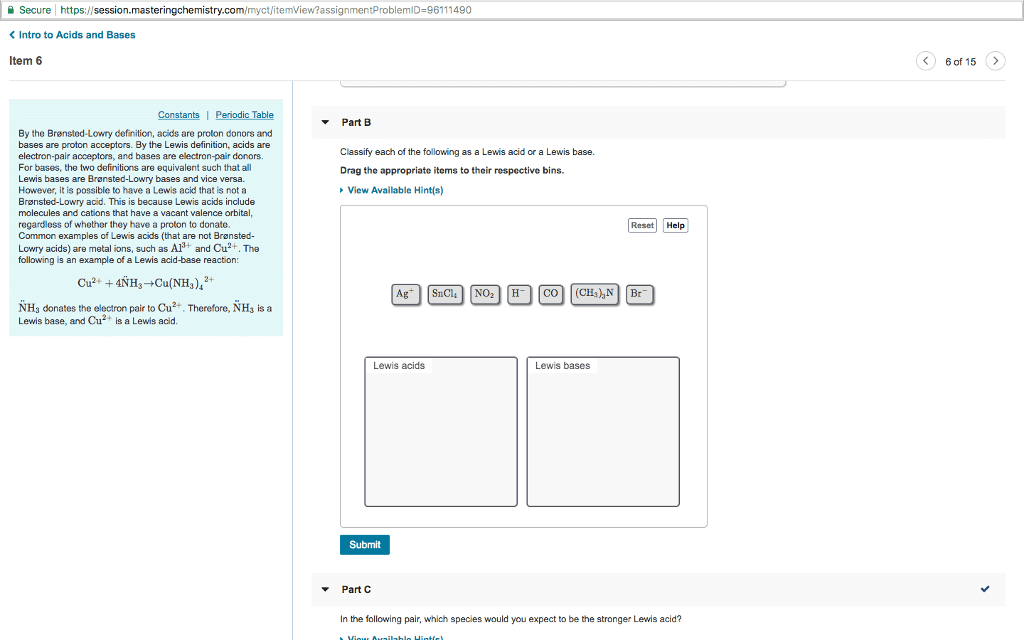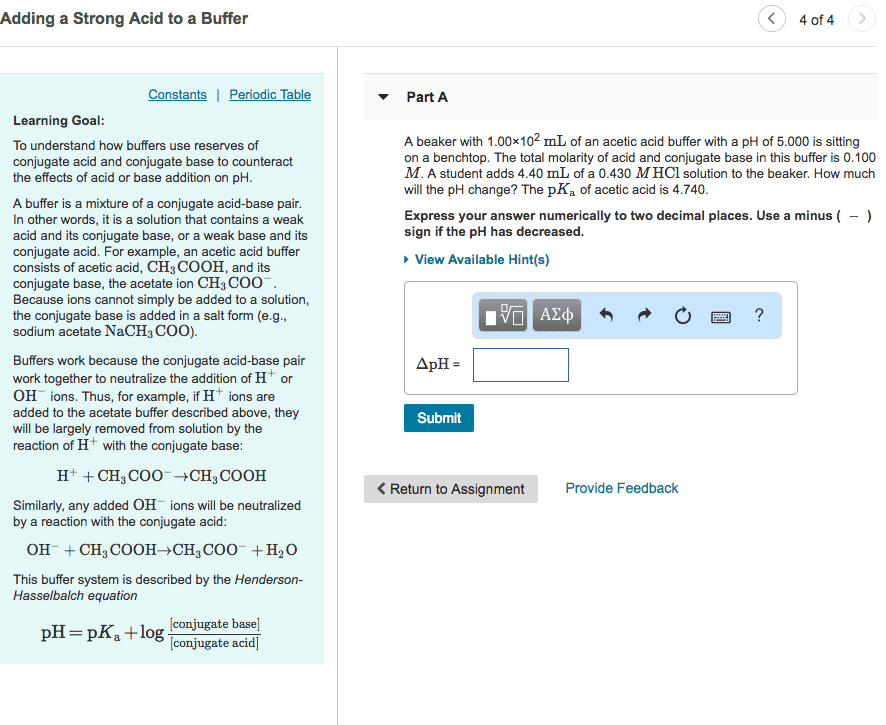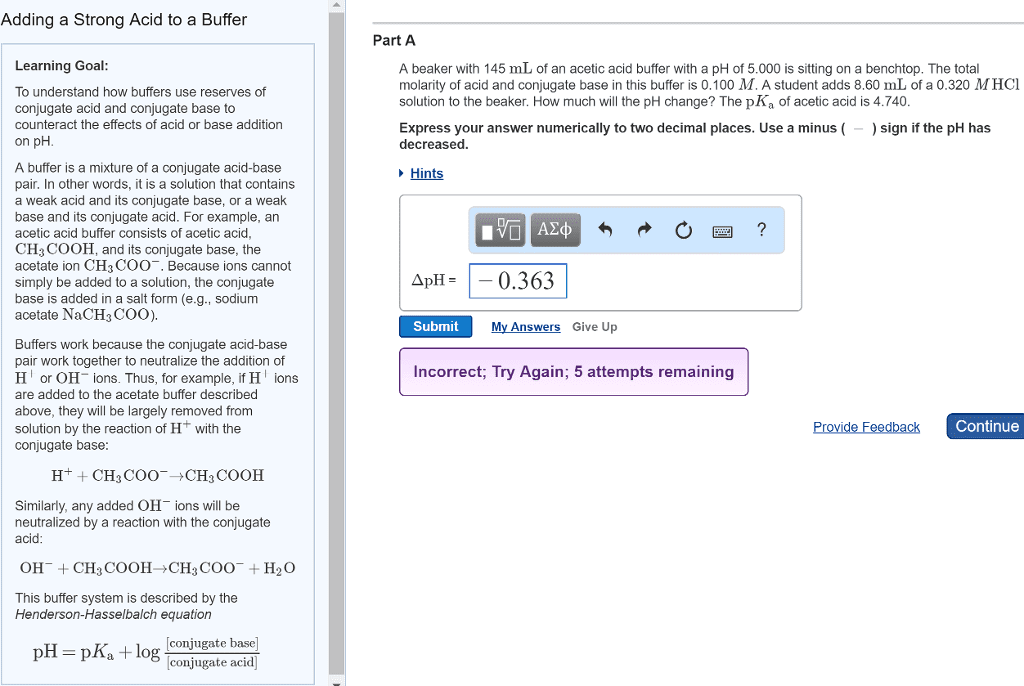CHEM1101 Study Guide - Midterm Guide: Equivalence Point, Stoichiometry, Titration

Lewis Acid/Base Chemistry
• Leis aids ae eleto pai aeptos.
• Leis ases ae eleto pai doos.
• All Bøsted–Lowry acids and bases are also called Lewis acids and bases.
• Thee ae opouds hih do ot eet the Bøsted–Lowry definition which meet the
Lewis definition.
Coparig Aoia’s Reactio with H+ and BF3
Buffers
• “olutios of a eak ojugate aid–base pair that resist drastic changes in pH are called
buffers.
• These solutios otai elatiel high oetrations (10–3 M or more) of both the acid
and conjugate base. Their concentrations are approximately equal.
Ways to Make a Buffer
1) Mix a weak acidand a salt of its conjugate base or a weak base and a salt of its conjugate
acid. [Eg CH3COOH and CH3COONa]
1) Add strong acid and partially neutralize a weak base or add strong base and partially
neutralise a weak acid.
How a Buffer Works
• Addig a sall aout of aid o ase ol slightl eutalizes oe opoet of the
uffe, so the pH does’t hage uch.
Calculating the pH of a Buffer
• Fo a eak aid: Ka = [H3O+][A–]/[HA]
• Take –log of both sides: –log Ka = –log[H3O+] + –log([A–
]/[HA])
• Reaage: –log[H3O+] = –log Ka +log([A–]/[HA])
• Whih is: pH = pKa + log[A–]/[HA])
• This euatio is known as the Henderson–
Hasselbalchequation. This applies only to buffers.
Buffer Capacity
• The aout of aid o ase the uffe a eutalize efoe the pH egis to hage to a
appreciable degree
find more resources at oneclass.com
find more resources at oneclass.com



